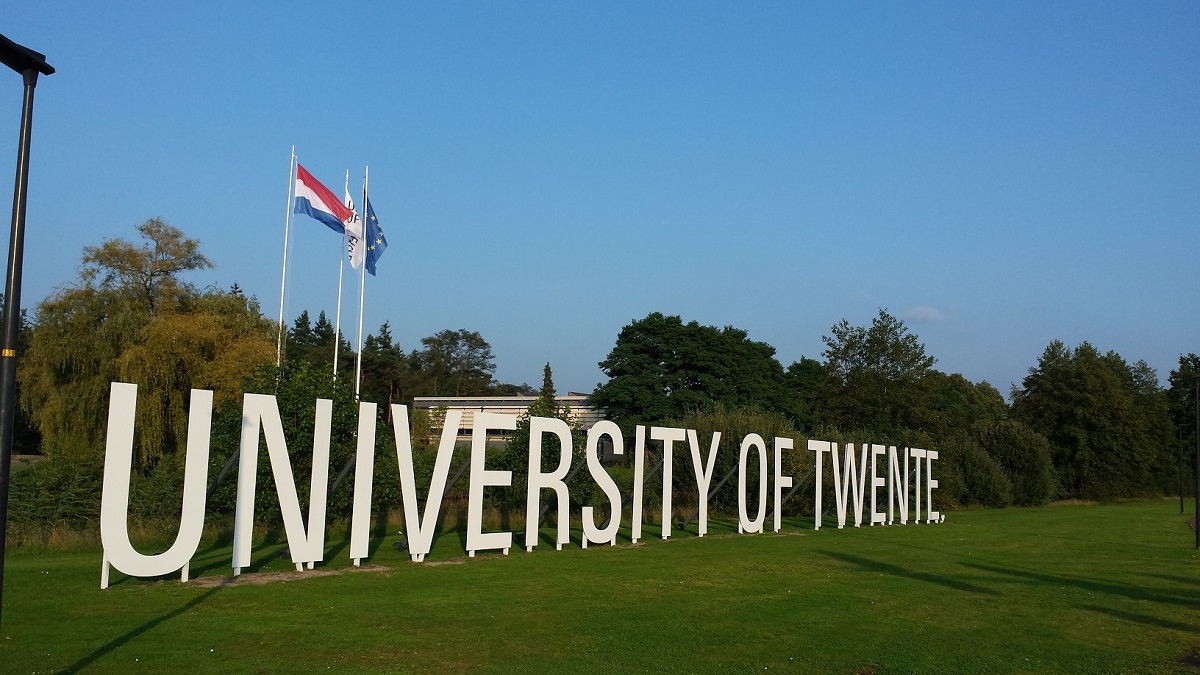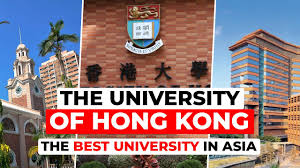
Researcher in Earth Observation will combine your drive for scientific quality with making a difference in global environmental issues
Ecosystems are life supporters. The current UN Decade on Ecological Restoration emphasizes the need to create healthy ecosystems worldwide for the benefit of people and nature. Effective monitoring strategies, verification systems and baseline data are needed to track progress and learn from restoration efforts. At ITC we contribute to this effort through the development and use of geo-spatial technology to monitor ecosystem change and its impact. Our work takes place in the context of the international guidelines for integrated restoration (aiming at social and ecological benefits) and relates to GEOBON’s work on the Essential Ecosystem Service Variables and Environmental Accounting initiatives.
In this position you will combine your drive for scientific quality with making a difference in global environmental issues. You enjoy collaborating to develop high-quality research outputs using Earth observation and other spatial data to monitor and assess impact of restoration efforts in different landscapes. You embrace Open Science and FAIR data principles.
You will:
- Join our work to design, test and finetune a scalable online remote sensing-based method to monitor and evaluate restoration actions across biomes (using Sentinel, Landsat and Planet).
- Establish and maintain active collaboration with international organizations to align the restoration monitoring with international standards, and with landscape practitioners to learn from user perspectives.
- Work closely with big data experts in ITC to develop workflows related to measuring restoration impact.
- Translate research outcomes into learning materials.
- Publish results in scientific journals and open data platforms.
- Join (consortium) proposals to obtain additional funding for this topic.
YOUR PROFILE
You have:
- A doctoral degree related to the use of Earth observation for assessing the spatial and temporal variability in vegetation or ecosystems.
- Demonstrated scientific creativity that has resulted in recent and relevant scientific publications in international journals in the topic areas of the job description.
- Excellent communication skills.
- Enthusiasm to work in a range of international and interdisciplinary contexts.
- An excellent command of English.
The following are an advantage but can also be developed over time.
- Knowledge of a programming / scripting language for Earth observation workflows, preferably using web-based platforms (e.g. Google Earth Engine)
- Experience with collaborative projects, like HORIZON or ESA projects, and working in international environments
- Active participation in international networks for restoration, ecosystem services and/or biodiversity monitoring
- An interest in communicating research findings to a non-scientific audience.
OUR OFFER
We offer a fulltime position in an inspiring and challenging multidisciplinary and international environment for two years. Salary and conditions will be in accordance with the Collective Labor Agreement (CAO-NU) of the Dutch Universities.
- Gross monthly salary between € 3,282.00 and € 4,490.00 depending on experience and qualifications (job profile Researcher 4);
- A holiday allowance of 8% of the gross annual salary and a year-end bonus of 8.3%;
- A solid pension scheme;
- A total of 41 holiday days in case of full-time employment;
- Professional and personal development programs;
- Costs for moving to Enschede may be reimbursed.
INFORMATION AND APPLICATION
For more information you can contact Prof Dr Wieteke Willemen (e-mail: l.l.willemen@utwente.nl). You are also invited to visit our homepage and the research theme pages of the departments (FORAGES, ACQUAL).
Please submit your application before 15 April 2022 (choose “apply now” below). Your application should include:
- A motivation letter, emphasising your specific interest in the position and outlining your relevant skills and experience
- A full Curriculum Vitae
- The names and contact details of two references





